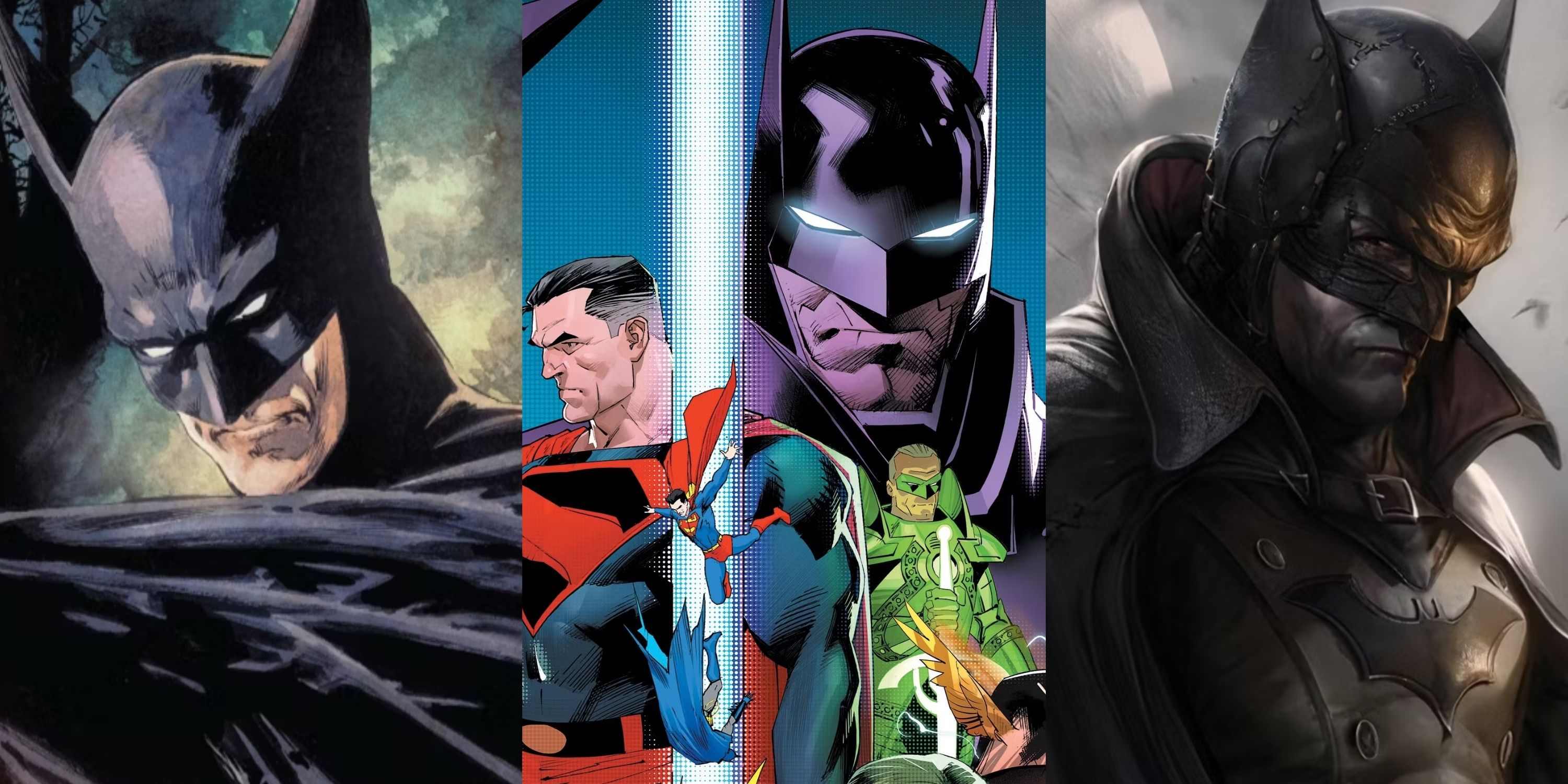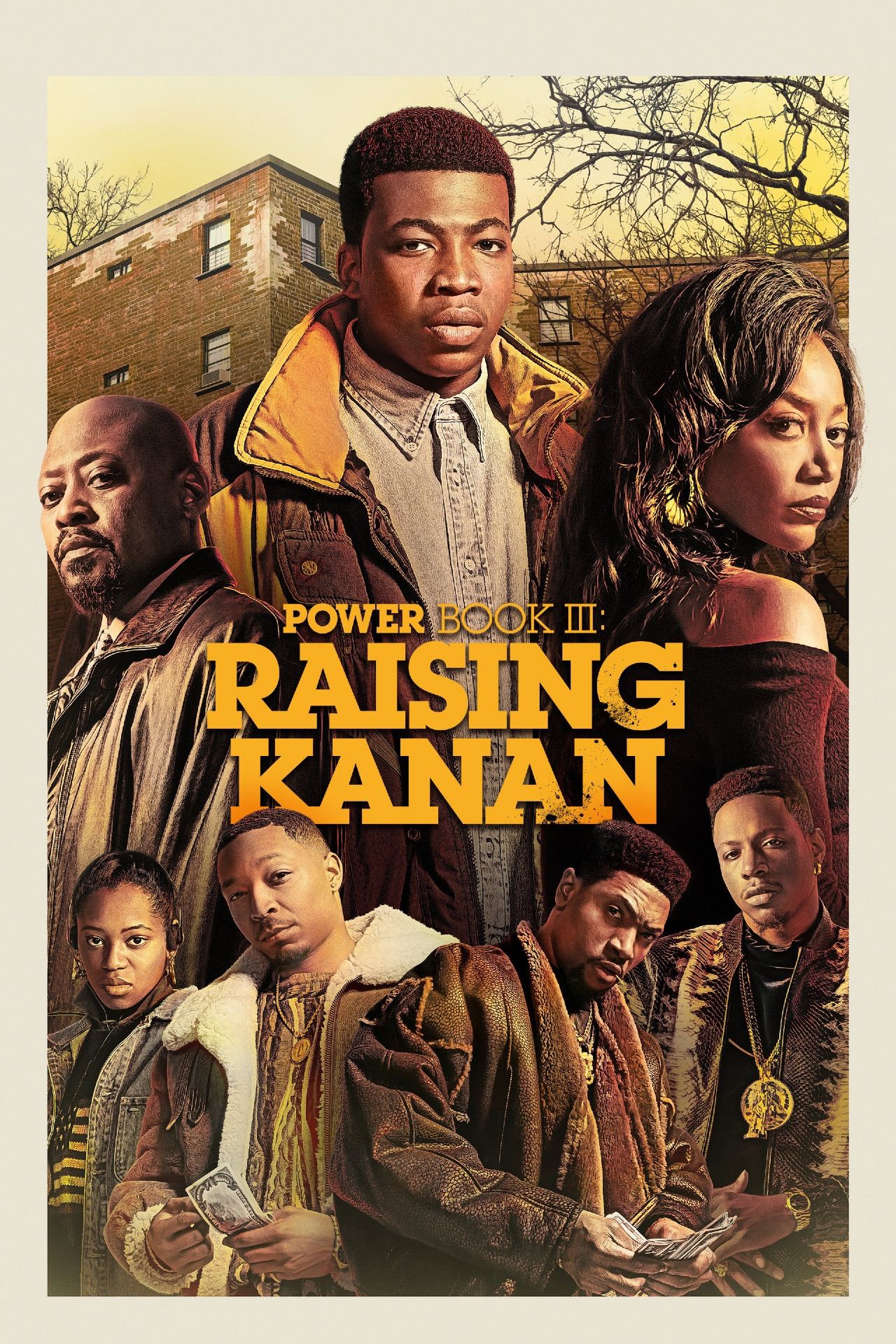Like many previous FromSoftware RPGs such as Demon’s Souls and Dark Souls, the open-world fantasy RPG Elden Ring has a system of magic empowered by a character’s Intelligence and a system of magic empowered by a character’s Faith. While the academic discipline of Glintstone Sorcery holds sway over celestial phenomena such as light, gravity, and stars, each spell within the religious discipline of Incantations draws upon the powers and legends of the various divine beings who exist in the Lands Between. The more traditional “Cleric Spell” Incantations, which heal, fortify, or conjure projectiles of light, are pious emulations of the Demigod children of Marika and the Golden Order they upheld. The spells of the Dragon Cult, Fire Monks, and Godskins, in contrast, have a more heretical, unholy feel, raising the question of whether Incantations humbly borrow power from the divine – or ruthlessly steal it.
In the early locations of Elden Ring, players and their Tarnished PCs encounter “quest-giver” NPCs with the following historical perspective; once, the Lands Between were ruled by Queen Marika, her consort Lord Godfrey, and their many Demigod children. The power of the Erdtree and the Greater Will brought prosperity and plenty to everyone in the Lands Between, a literal and figurative golden age. When the Elden Ring was shattered, the Demigod turned on each other in a massive civil war called the Shattering, and the Lands Between fell apart, but if a brave Tarnished hero can acquire multiple shards of the Elden Ring and become the new Elden Lord, everything will be put right.
The faith magic in FromSoftware’s Souls RPGs, called “Miracles” in Demon’s Souls and Dark Souls games, is generally presented as blessings bestowed on the holy by the setting’s local god or pantheon of gods, and most of the Two Fingers and Golden Order Incantations in Elden Ring cleave to this theme. The more heretical Incantation schools, in contrast, stray far from the classic archetypes of old school Dungeons & Dragons Cleric spells like “Heal” or “Turn Undead,” drawing power from the worship of divine monsters, stealing power from deific beings, or even invoking the aspects of life and evolution itself.
Two Fingers And Golden Order Incantations Are Classic D&D Cleric Spells
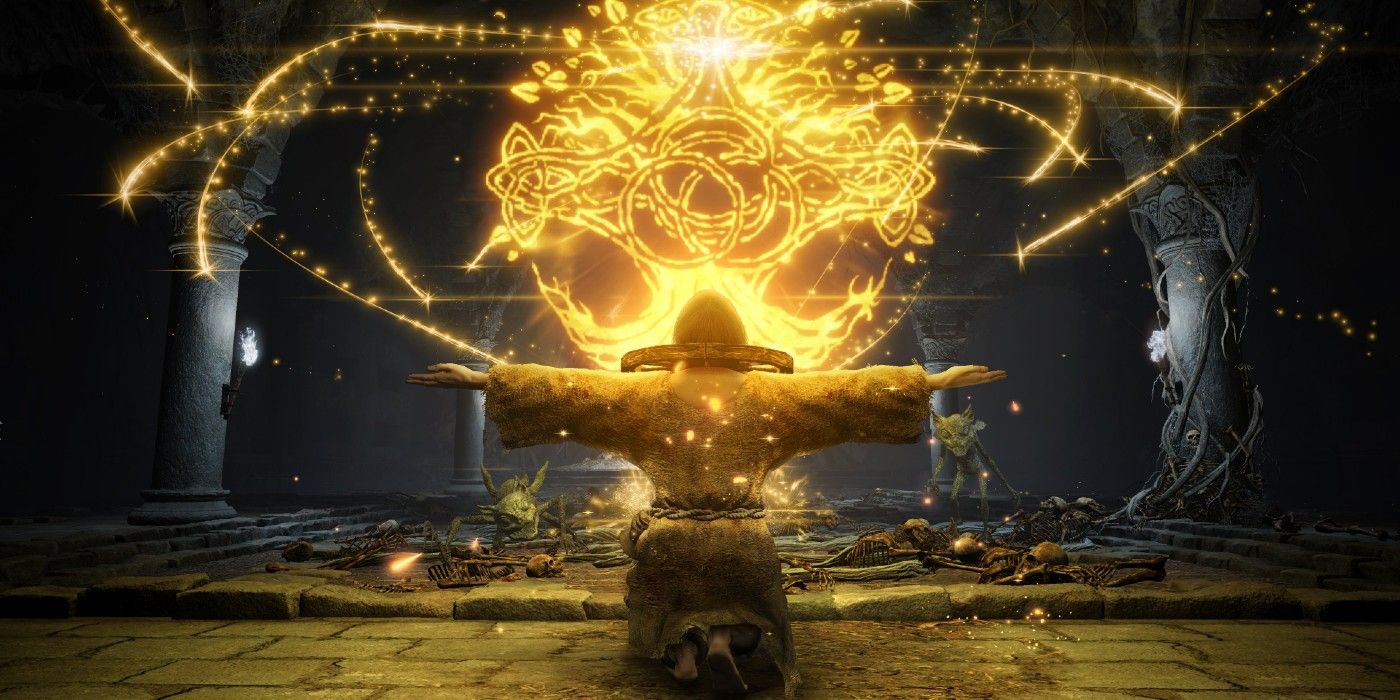
When the original Dungeons & Dragons Cleric class had holy spells for healing and repelling the undead, it established a trend where “Holy Magic” in fantasy RPGs consists of spells for healing, fortifying the righteous, and repelling evil creatures. The Two Fingers Incantations of Elden Ring are composed entirely of non-violent support abilities. These include healing spells to restore the HP of allies, fortification spells to immunize the player against elemental damage, curative spells to neutralize poison and other hostile status effects, and a “Rejection” spell for harmlessly pushing enemies away.
The Assassin’s Approach, Darkness, and Shadow Bait Incantations, useful for escaping the notice of foes and setting up backstabs, are described in-game as spells used by “the Two Fingers’ servants, who once served as the assassins of the Roundtable Hold.” Besides hinting at a darker side to the Two Fingers and the Greater Will they serve, these sneaky Incantations may also pay homage to the original Assassins of medieval Persia. These were pious zealots who safeguarded their religious community by preemptively murdering the leaders of rival nations.
The Golden Order Incantations Elden Ring players can find generally correspond to the turn undead abilities of classic D&D Clerics, particularly the Litany Of Proper Death spell taught by the NPC called D, Hunter Of The Dead. In the world of Elden Ring, undead beings are viewed as glitches in reality caused by the shattering of the Golden Order; most of the offensive Golden Order Incantations in Elden Ring, ranging from weapon enchantments to conjured rings of light, deal holy damage that permanently kills Those Who Live In Death and corrects the aforementioned flaws in reality. Unlike the magic of the Two Fingers, Golden Order Incantations are generally described as the creations of clerics who study the nature of the Golden Order in an academic fashion – a possible justification for why spells in this school have both an Intelligence and Faith attribute prerequisite.
Dragon Cult, Fire Monk, Blood, & Frenzied Flame Incantations Venerate Monsters
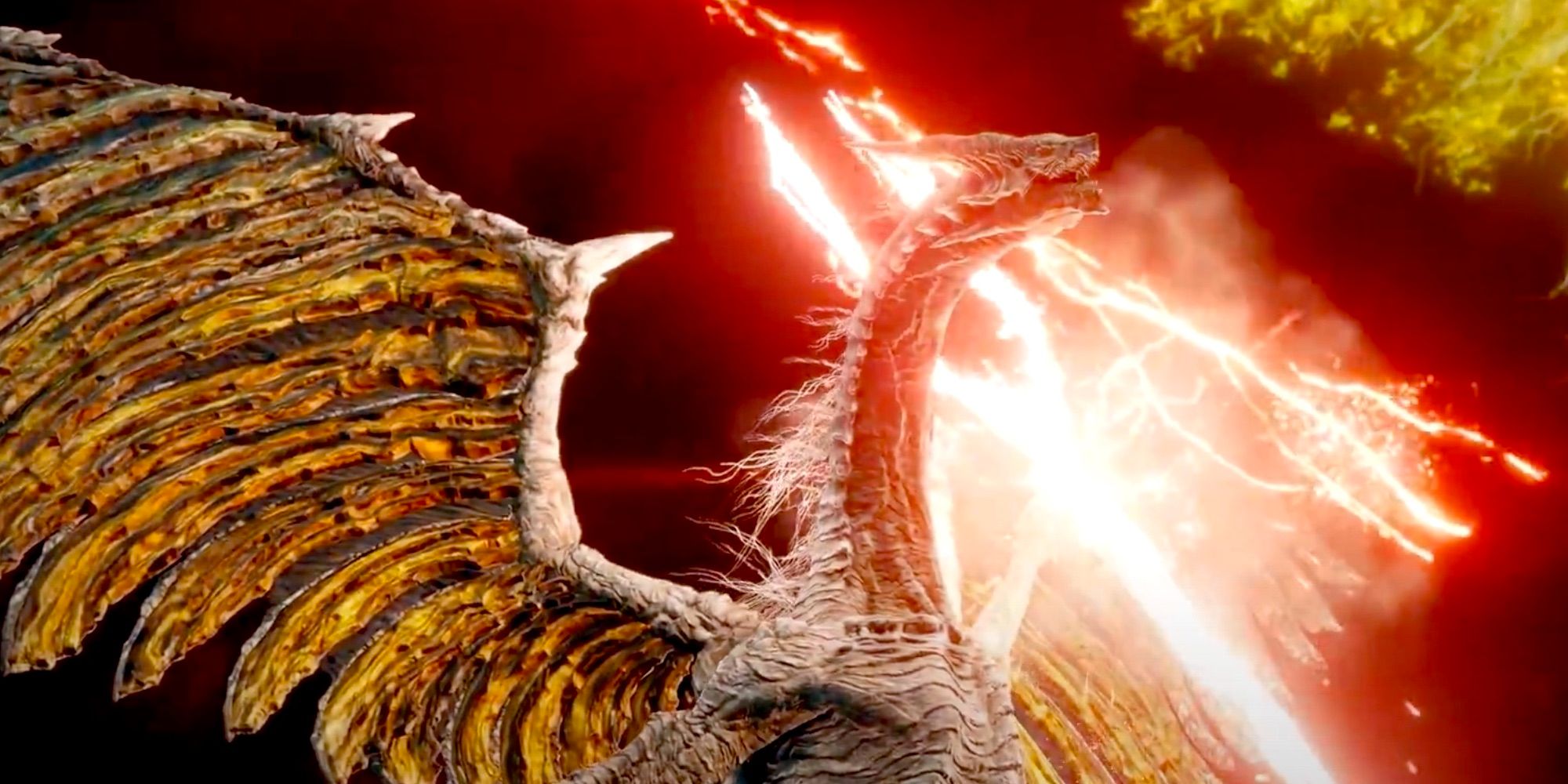
Whenever Brother Corhyn, an Elden Ring NPC who teaches Incantations at the Roundtable Hold, receives a new prayerbook from the player, he’ll frequently describe it as “heresy” before reluctantly agreeing to teach the spells within. This NPC’s attitude towards Incantations from the Dragon Cult, Fire Monk, and Godskin Apostle prayerbooks highlights how Elden Ring‘s Incantation magic system isn’t exclusive to worshipers of the Golden Order; any divine being, no matter how monstrous, can be a source of magic if venerated properly.
Spells from the Dragon Cult school of Incantations give Elden Ring players the ability to mimic the lightning-conjuring abilities of ancient Dragonlords (an ironic reversal from the lightning Miracles of Dark Souls games and their origin as dragon-slaying weapons). The Fire Monk Incantations, in a similar spirit, seem to draw power from the Fire Giant, a divine being with a resemblance to the world-burning Surtr from Norse Mythology. Blood Incantations, which inflict both fire damage and the Hemorrhage status effect, embody the defiled power of Mohg, Lord of Blood, while the madness-inducing Frenzied Flame Incantations are granted by the entity called the Three Fingers, a warped, insane mirror of the Two Fingers.
Godskin Apostle & Dragon Incantations Of Elden Ring Steal Power From Gods
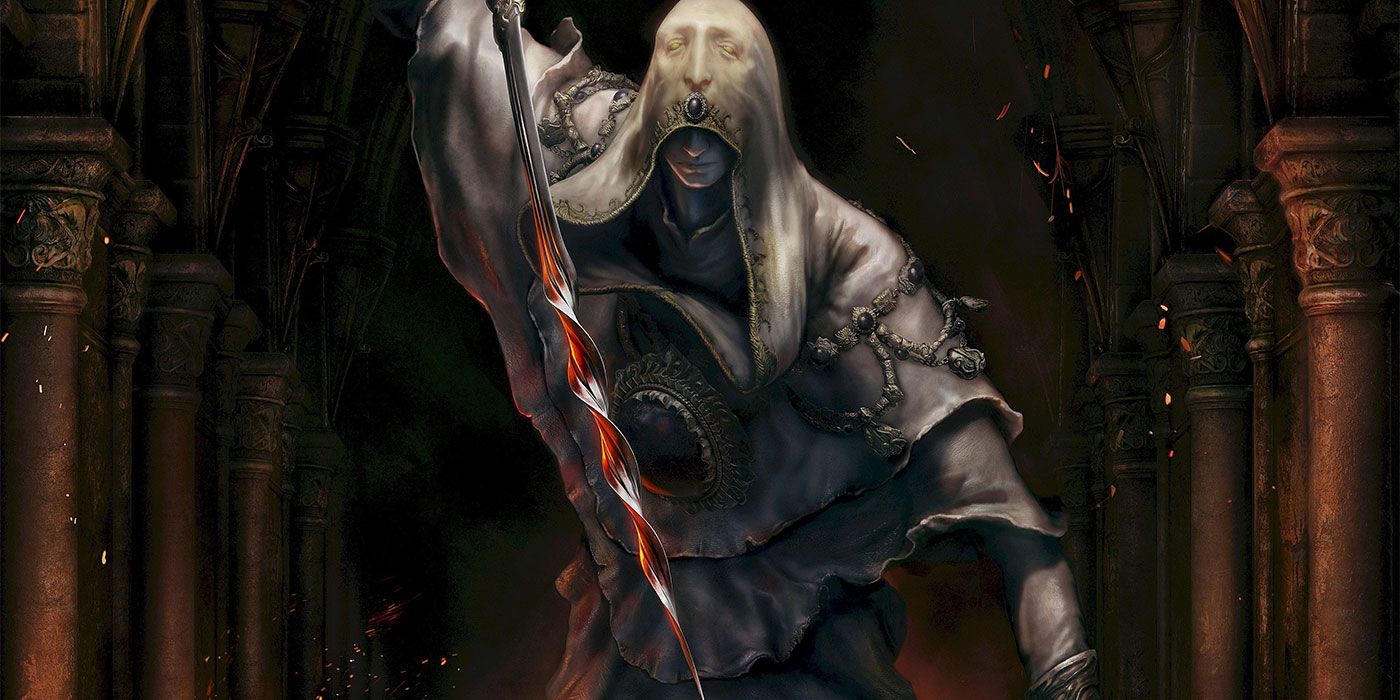
Most of the schools of Incantation magic in Elden Ring are predicated on the idea of worship and admiration; by paying homage to divine beings and Demigods, Tarnished player characters with the requisite level of Faith can borrow power from them. Then there are Incantation spells created by dragon-slayers and god-killers – mortals who literally butcher their divine victims, steal their latent power for themselves, and become creatures both more and less than human.
In Elden Ring‘s starting area of Limgrave, there’s a quasi-secret location called the Church Of Dragon Communion, where Tarnished PCs can ritually consume the hearts of dragons they slay while exploring the open world and gain special Elden Ring Dragon Communion spells. Unlike the dragon shouts of The Elder Scrolls V: Skyrim, these Incantations let players summon the body parts of slain dragons to attack their foes – talons to rend and maws to breathe fire, frost, rot, or magic. If a Tarnished PC acquires enough Dragon Communion Incantations, their eyes will turn gold and develop slit pupils, the implication being that they’re starting to transform into dragon-like beings themselves.
The Black Flame-hurling Incantations players can discover throughout the world of Elden Ring behave similarly to the flame Incantations of the Fire Monks, but deal lingering damage after they strike a foe. According to the description for the “Scouring Black Flame” Incantation, though, the Black Flame Incantations of the Godskin Apostles were once capable of slaying gods before the Maliketh, the Black Blade, sealed their powers away. At the height of their power, the Godskin Apostles must have been terrifying indeed; the garments players can acquire by defeating certain Godskin mini-bosses are made from sewed patches of smooth skin and fat, and the Godskin enemies themselves are capable of contorting or stretching their body in weird ways. These strange traits of Godskin physiology may be a side-effect of them stealing power from the gods they slew – or, perhaps, a consequence of being embraced by the mysterious figure called the “Gloam-Eyed Queen.”
The Erdtree, Servant Of Rot, & Bestial Incantations Draw Power From Primordial Life
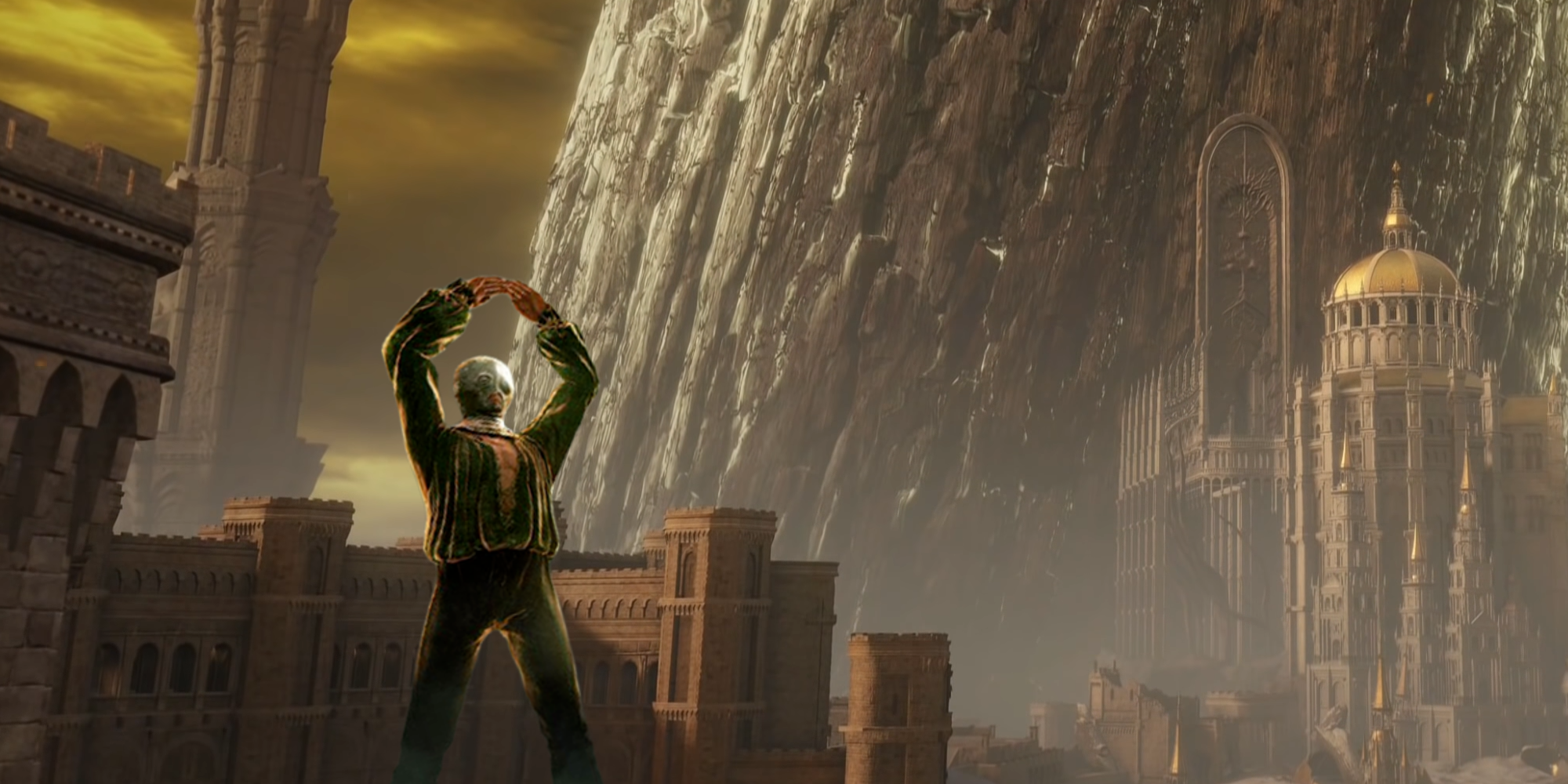
The following schools of magic in Elden Ring don’t correspond to the narrative patterns described above. They don’t strictly seem to draw power from ritual veneration of the divine, and they don’t glean power from the slaying and butchering of divine beings. The common thread between these Incantations, if any, is the power of life – primal, primordial, wild life.
The Bestial Incantations, taught to Elden Ring players by the NPC called Gurranq, the Beast Clergyman, conjure shockwaves and blasts of rock from the ground along with regenerative spells akin to the sturdy constitutions of wild animals. Some of these Incantations have item descriptions that describe Gurranq as “…a beast of such terrifying ferocity that his former name meant ‘Death of the Demigods’.” From this description, it would seem Bestial Incantations in Elden Ring champion beast-hood and mindless savagery… but other Bestial Incantation descriptions talk about beasts who gained intelligence and learned how to use stones as simple tools and weapons, presenting this school of magic as a power created by animals clawing their way towards civilization and culture.
The Servant Of Rot Incantations, true to their title, are generally about inflicting toxic ailments such as the Poison or Scarlet Rot status effects. Within the setting of Elden Ring, these sorts of negative status effects are inflicted on players by spore-emitting enemies with a plant or fungal aesthetic – the Cleanrot Knights in the swamps of Caelid, their Rot Goddess Malenia, Blade of Miquella, and the titular Servants of Rot, covered with fungal growths like the Cordyceps zombies from The Last Of Us franchise. The common factor of both these enemies and these Incantations seems to be the veneration of “Rot” itself, a force capable of breaking down and rebuilding life anew.
The Erdtree Incantations of Elden Ring, even the destructive ones, are themed around life and growth. The Aspects Of The Crucible Erdtree Incantations, gained by defeating Crucible Knight enemies, conjure forth animalistic tails, horns, and flame-spewing throat pouches, manifestations of the primordial life energies churning within the Erdtree. Most of the healing spells associated with Elden Ring’s favor-granting Erdtree slowly regenerate HP over time, invoking the notion of blossoming leaves and flowers. Finally, the powerful Elden Stars Incantation has a description that recounts how the Greater Will once sent a golden star with a beast to the Lands Between – much like a farmer planting a seed.

